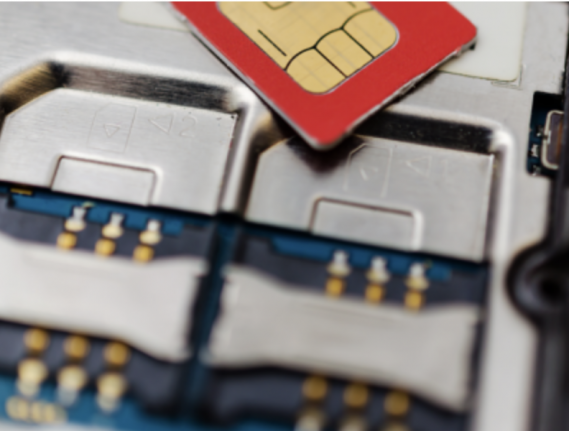
The rapid evolution of smartphones and IoT devices has transformed the way users access information and data, writes Craig Palmer, CEO of billing and CRM platform VAS-X.
Smartphones have become digital assistants. And, as demand surges for continuous connectivity, operators must seek innovative solutions to elevate user experience, differentiate their offerings, reduce costs, and tap into new revenue streams.
The eSIM is one such innovation. Introduced in 2016, eSIM technology was set to revolutionise the telecom landscape and help operators come closer to their digital transformation aspirations. However, the journey has been slow. Only 20% of global operators adopted eSIMs by 2022.
The GSMA predicts over 2.42 billion eSIM smartphone connections worldwide by 2025. Therefore, telcos must establish a clear roadmap and strategy to leverage and monetise the new opportunities eSIM brings.
Benefits outweigh the challenges
eSIMs offer a range of benefits for operators and consumers. Such as cost reduction and environmental impac, user experience and operational efficiency. The elimination of a physical SIM card streamlines the onboarding process enabling consumers to switch operators remotely through the QR code-scanning feature of eSIM technology. This enables quick multiple-device connections and helping improve accessibility.

Removing the plastic SIM tray significantly lowers manufacturing costs, leading to savings for manufacturers and consumer. It also reduces environmental impact. Did you know he global shipment of physical SIM cards produced more than 560,000 tons of CO2 and over 18,000 tons of plastic in 2021.?

Innovation opportunity
eSIMs are an innovation opportunity and revenue potential for operators. Its adoption facilitates the roll-out of next-generation plans for customers, profiles, connected devices, and more. Incorporating device bundling with eSIMs increases ARPU without incurring additional operational costs or physical touchpoints. Operators can offer multi-device packages and customised cellular and data plans. This leads to cost savings and profit margin improvement.
eSIMs provide a seamless roaming experience for frequent business travellers. The eSIM enables effortless switching to local networks. So more physical SIM change at the airport. eSIMs ehance user flexibility. They are also more secure in preventing unauthorised calls, texts, or critical account access if a phone is stolen or lost.
Critical driver
eSIMs are a critical driver in accelerating enterprise IoT. They enable seamless connections among remote IoT-enabled devices. Operators can sell more devices and offer managed services. eSIMs can revolutionise private networks, rendering substantial benefits such as enhanced visibility on connected devices, scalable network resources, automated network configurations, and cost control.
Yet there are some drawbacks holding back the accelerated adoption of eSIM technology. The ease with which consumers can switch carriers opens up the risk of increased customer churn. Moreover, eSIMs can eliminate roaming charges, a significant revenue source for these operators. Telco operators must balance eSIM adoption against maintaining their customer base and revenue streams.
Global connectivity
Connectivity is usually closely associated with busy urban cities. Burt eSIMs open up new opportunities for rural communities and underdeveloped regions, allowing telcos to connect to areas they couldn’t reach before.
Distributing regular SIM cards in rural or underdeveloped areas has presented difficulties. The cost of maintaining special equipment has been restrictive, resulting in weak or non-existent cell service in many of these regions. eSIMs are more straightforward to deploy and service changeovers can be performed from the phone which streamlines the connectivity process even in remote areas previously known for unreliable services.
eSIMs can leverage broader 5G coverage, ensuring reliable connectivity even in rural locations. By 2028, more than 84% of the global population will have access to 5G coverage. Telcos must ensure they have infrastructure to connect millions of new users from rural areas.
Facilitating the shift
eSIM is a paradigm shift in the telecoms industry. Telco operators need to craft innovative strategies that maximise the eSIM advantages while effectively managing and mitigating the risks of higher churn and reduction in roaming revenue.
By adopting eSIMs, telcos can expand data plans through exclusive digital stores. They can partner with other operators to reach to broader audience. eSIMs can be pivotal in fostering digital transformation.Operators can manage their SIM stock more efficiently, lower inventory, and save on license fees, creating more streamlined, cost-efficient operations.
Embracing eSIM can help telecom providers move to a more sustainable, efficient, and customer-centric future.



